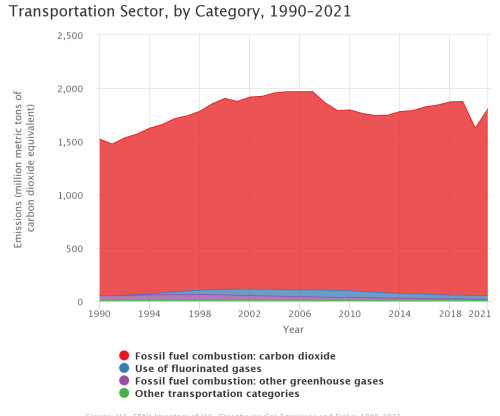EPA: US GHG emissions up 6% in 2021 from 2020
Green Car Congress
APRIL 14, 2023
The US Environmental Protection Agency (EPA) released its 30 th annual Inventory of US Greenhouse Gas Emissions and Sinks (GHG Inventory), which presents a national-level overview of annual greenhouse gas emissions from 1990 to 2021. In 2021, US greenhouse gas emissions totaled 6,340.2 Source: EPA.

































Let's personalize your content